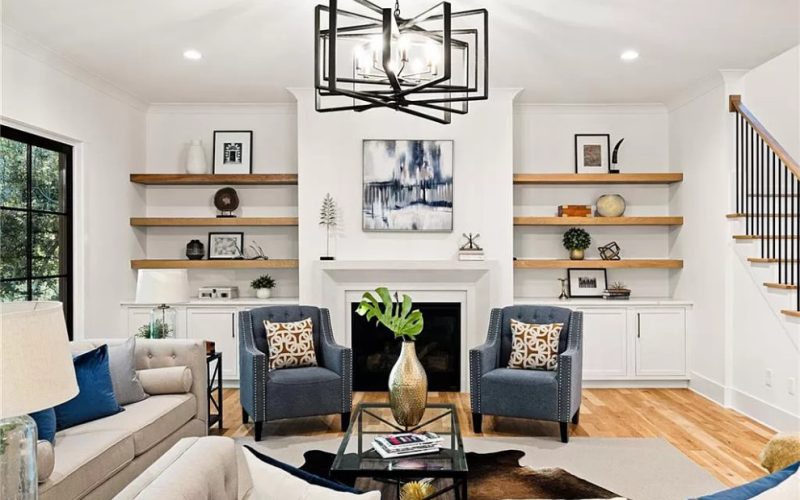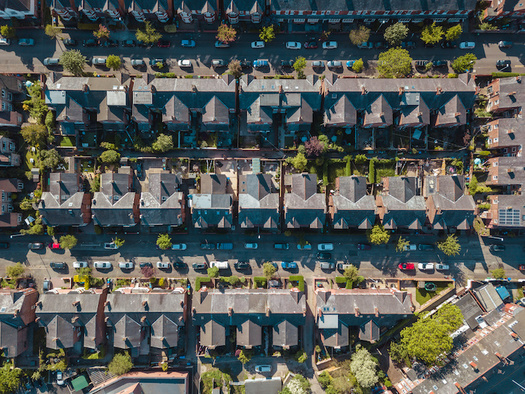Introduction
Selling your home is about more than putting a sign on the lawn; it’s about creating an emotional connection that makes buyers want to live there. That’s where home staging comes in. By arranging furniture, choosing the right colors, and adding inviting touches, you can unlock your home’s potential and appeal to a broad audience. Staged homes often sell faster and for higher prices than unstaged ones. In this guide, you’ll learn how to master the art of home staging with simple, budget-friendly tips that transform any space into a buyer’s dream.
Why Home Staging Matters
-
First Impressions Count: Buyers form an opinion within seconds of entering a home. A well-staged entryway, polished floors, and welcoming décor set a positive tone.
-
Highlights Key Features: Proper staging draws attention to your home’s best assets—like a cozy fireplace or a spacious kitchen—while downplaying flaws.
-
Maximizes Space Perception: Thoughtful furniture placement and decluttering make rooms look larger and more functional.
-
Increases Sale Price: According to real estate experts, staged homes can sell for 5–10% more than comparable unstaged properties.
-
Speeds Up the Sale: A staged home often spends fewer days on the market, saving you time, stress, and holding costs.
Step-by-Step Guide of Home Staging to Unlock Home’s Potential
Step 1: Declutter and Depersonalize
Before you stage, clear out the clutter:
- Remove personal items: Family photos, trophies, and personal collections distract buyers.
- Clear surfaces: Keep countertops, tables, and shelves free of excess knickknacks.
- Organize closets: Neat closets suggest ample storage; half-empty shelves work best.
- Donate or pack away: If you haven’t used something in six months, it’s safe to let go.
A blank canvas helps buyers imagine their own belongings in the space.
Step 2: Make Repairs and Updates
Fixing small issues can have a big impact:
- Patch holes and repaint: Choose neutral paint colors like soft gray, warm beige, or off-white.
- Repair leaky faucets and squeaky doors: These minor fixes show that the home is well cared for.
- Update hardware: Replace dated drawer pulls, door handles, and towel bars for a fresh look.
- Deep clean: Sales hinge on a sparkling clean kitchen, gleaming floors, and spotless windows.
Investing in these updates often pays off in higher offers.
Step 3: Arrange Furniture for Flow
Furniture layout shapes how buyers move through your home:
- Create conversation areas: Position sofas and chairs to face each other, not the TV.
- Open pathways: Ensure there’s a clear line from room to room; avoid blocking doorways.
- Use appropriately sized furniture: Small rooms need slim-profile pieces; large rooms can handle sectionals.
- Highlight focal points: Angle seating toward a fireplace, window view, or architectural detail.
A well-planned layout showcases each room’s purpose and potential.
Step 4: Choose a Cohesive Color Palette
Color unifies your home’s look:
- Neutral base walls: Light grays, creams, and taupes appeal to most buyers and reflect light well.
- Accent colors: Introduce muted blues, greens, or blush pink in throw pillows, rugs, and art.
- Consistent palette: Carry two or three colors through common areas for harmony.
- Texture and pattern: Layer in subtle patterns (stripes, chevrons) and textures (knits, natural fibers) to add depth.
Cohesive colors create a calm environment that feels thoughtfully designed.
Step 5: Add Inviting Décor and Accessories
Décor should enhance, not overwhelm:
- Area rugs: Define seating areas and add warmth.
- Throw blankets and pillows: Soft textiles make spaces feel cozy and lived-in.
- Greenery: Fresh flowers, potted plants, or succulents bring life and color.
- Artwork: One or two large pieces work better than many small frames; choose simple, abstract art for universal appeal.
- Mirrors: Reflect light and make rooms look bigger; hang them opposite windows when possible.
Accessories should highlight your home’s style without adding clutter.
Step 6: Perfect Your Lighting
Good lighting sets the mood:
- Layered lighting: Combine overhead lights, floor lamps, and table lamps for balanced illumination.
- Bright and warm bulbs: Use LED bulbs with a color temperature around 2700–3000K for a welcoming glow.
- Highlight features: Use directional spotlights or wall washers to draw attention to artwork or architectural details.
- Natural light: Open curtains and blinds to let in daylight; clean windows daily for maximum brightness.
Well-lit rooms feel open, clean, and inviting—key factors for buyers.
Step 7: Create Eye-Catching Curb Appeal
First impressions start at the front door:
- Clean and paint the front door: A fresh coat in a contrasting color (navy, forest green) makes a statement.
- Add potted plants or seasonal flowers: Flank the entry with symmetrical planters for a polished look.
- Power-wash driveways and walkways: Remove dirt, moss, and debris for a crisp entrance.
- Update house numbers and mailbox: Modern, clear fonts boost curb appeal.
A welcoming exterior sets the stage for a successful showing.
Step 8: Set the Scene with Real-Life Scenarios
Help buyers envision daily life:
- Breakfast nook: Stage with a small vase of flowers, two place settings, and folded napkins.
- Home office corner: Add a sleek desk, chair, and minimal desktop organizer.
- Bed styling: Crisp, neutral bedding with a folded throw and two decorative pillows.
- Outdoor living: Arrange patio furniture around a firepit or coffee table with lanterns.
Real-life vignettes make rooms memorable and spark buyers’ imaginations.
Step 9: Hire a Professional Photographer
Once your home looks its best, capture it in photos:
- Wide-angle shots: Show full rooms to convey size and flow.
- Natural light: Schedule photoshoots when rooms receive peak daylight.
- Declutter beforehand: Ensure every surface is clear and staged.
- Include lifestyle shots: Showcase staged vignettes to highlight key features.
High-quality images attract more online views and in-person showings.
Conclusion
Mastering the art of home staging can unlock your home’s potential, helping you sell faster and for a better price. By decluttering, making repairs, arranging furniture, and adding cohesive décor, you transform any space into a buyer’s dream. Don’t forget the power of good lighting, curb appeal, and professional photography to showcase your effort. Whether you tackle staging yourself or hire a pro, these steps create an inviting, memorable experience that resonates with buyers. Start staging today, and watch your home shine in the market.










